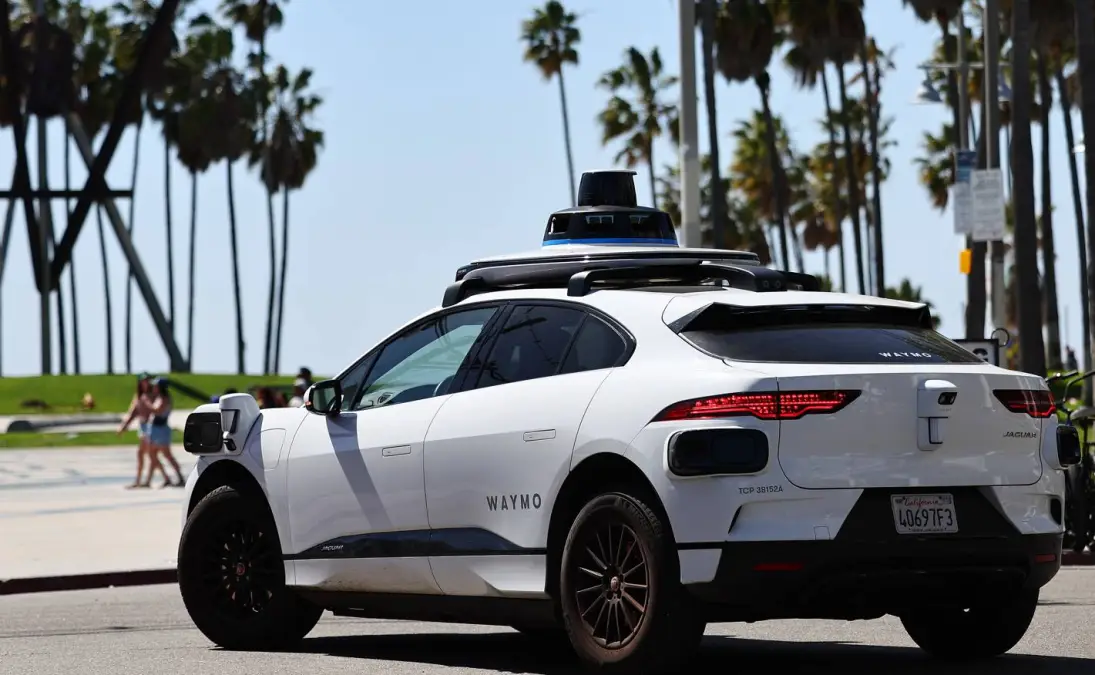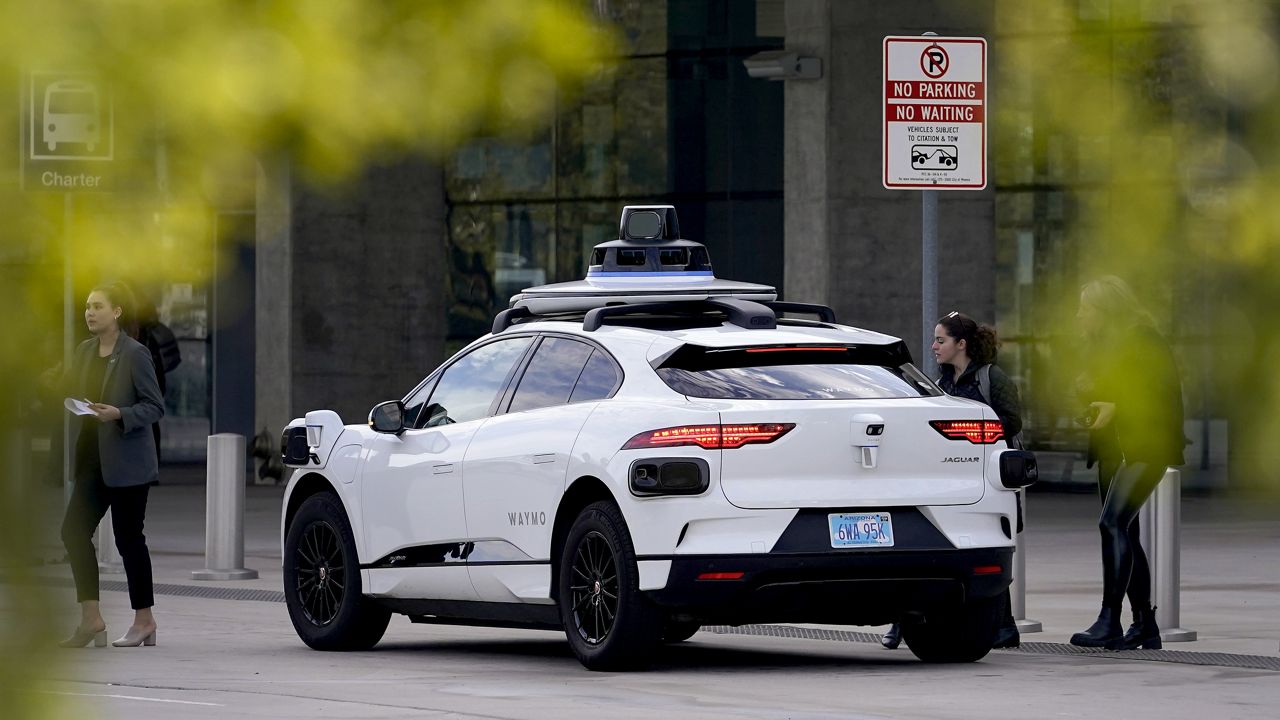Kentucky state Rep. Josh Bray was inspired to push for autonomous vehicle legislation after witnessing numerous distracted drivers on the road, including a truck driver reading a newspaper while driving. His proposed bill aimed to set rules for self-driving vehicles, particularly large commercial trucks, to enhance road safety. The new law, effective from July 2026, mandates that owners of fully autonomous vehicles file a safety and communication plan for law enforcement and carry a minimum of $1 million in liability insurance.
Bray emphasized Kentucky’s role as a logistics hub, pointing out that self-driving baggage vehicles at an airport could now legally cross state roads. The bill was passed by the legislature in March but was vetoed by Democratic Gov. Andy Beshear, who argued that there should be a testing period before full implementation. However, the legislature overrode the veto, making the bill law. Similar efforts are underway in multiple states to regulate self-driving vehicles before they become commonplace on public roads.
Nationwide Efforts to Regulate Autonomous Vehicles
Several states, including Alabama, South Dakota, and North Carolina, have enacted laws addressing fully autonomous vehicles. Some laws focus on enabling their operation, while others introduce new safety regulations. Currently, about half of U.S. states have laws regulating autonomous vehicle technology, ranging from fully driverless models to those with partial automation. Many states hope to attract manufacturers and companies investing in the technology, believing it could lead to economic growth and job creation.

Despite the enthusiasm for self-driving technology, labor unions have raised concerns about potential job losses. In Kentucky, AFL-CIO president Dustin Reinstedler opposed the bill, advocating for a study on how autonomous vehicles might impact the state’s 50,000 transportation workers. Autonomous ride-hailing vehicles from companies like Waymo are already operating in cities such as Los Angeles, Phoenix, and San Francisco, demonstrating how the technology is gradually integrating into everyday transportation.
Safety Challenges and Regulatory Measures
Safety remains a major concern with autonomous vehicles. California recently passed a law requiring continuous monitoring of self-driving vehicles and mandating that manufacturers designate remote human operators who can immobilize vehicles if needed. Additionally, the National Highway Traffic Safety Administration (NHTSA) has launched investigations into several Tesla crashes involving its partial automation system. Visibility issues, including glare and fog, were cited as possible contributing factors to the accidents.
The insurance industry is still determining how liability should be assigned in accidents involving autonomous vehicles. While Kentucky requires $1 million in liability coverage for autonomous vehicles, other states, like Alabama and California, have different minimums. Some lawmakers, such as Kentucky Sen. Greg Elkins, remain skeptical about allowing large self-driving trucks on highways, arguing that the technology is not yet reliable enough. The ongoing debate highlights the balance between innovation, safety, and economic impact as states prepare for a future with autonomous transportation.

